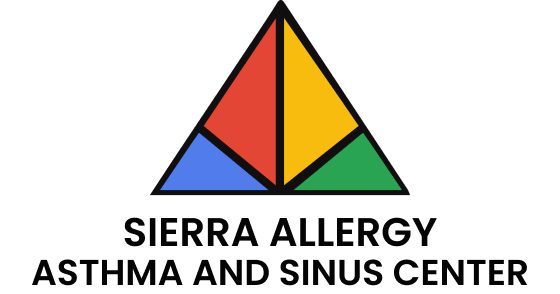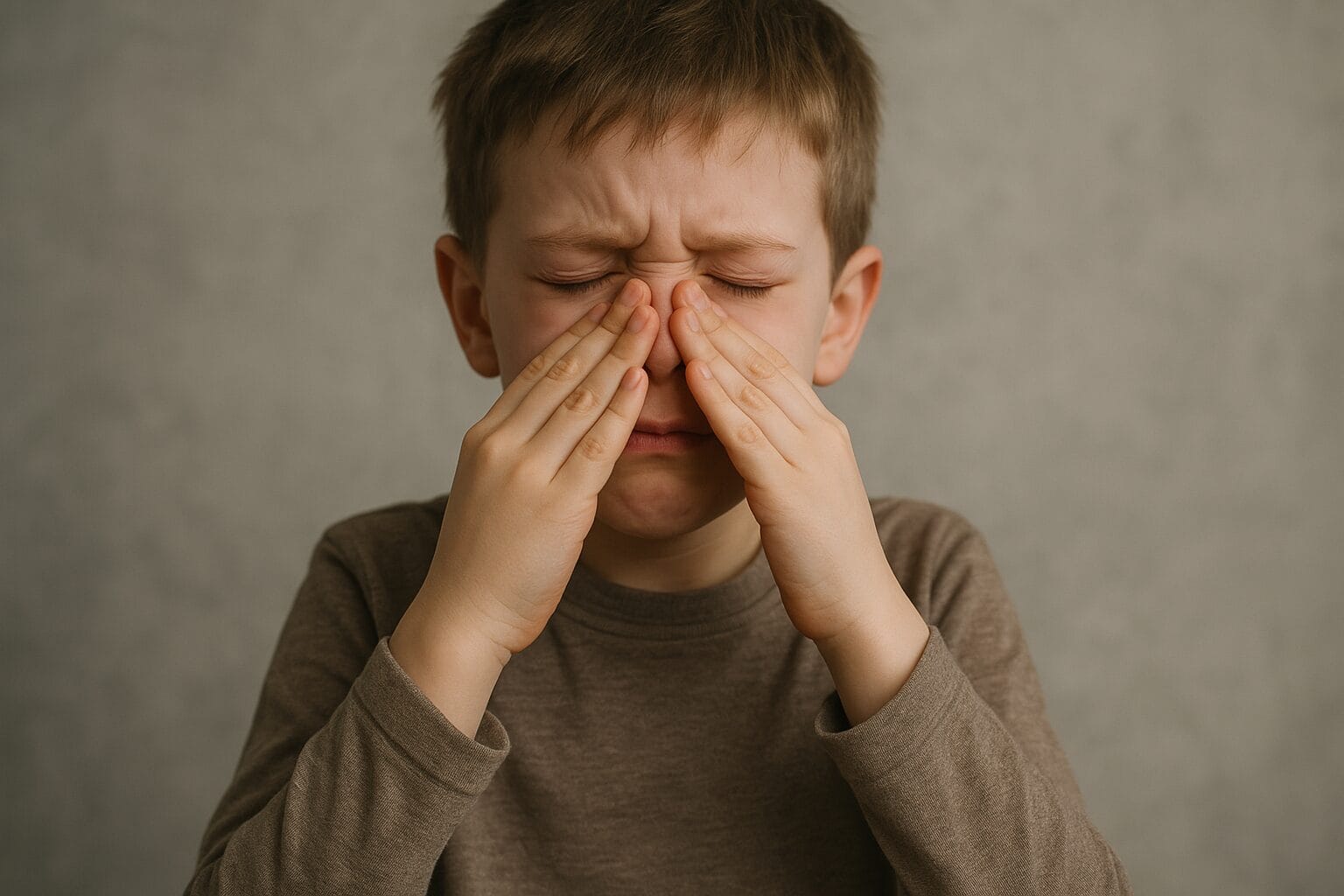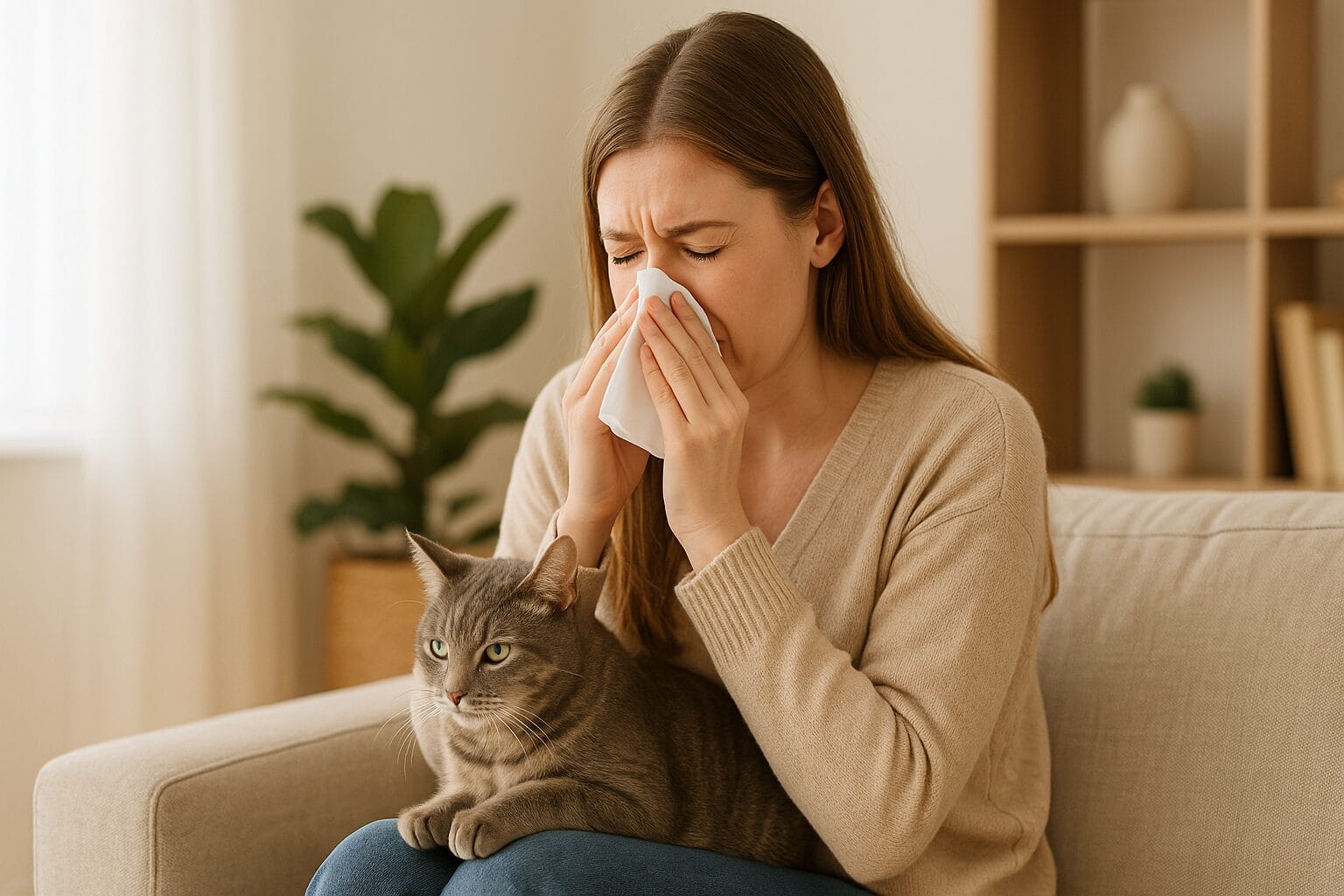Contact dermatitis can be an uncomfortable condition, often coming with itchy rashes, irritation and swelling. When it persists for longer, it can be even more disturbing. The duration of both irritant and allergic contact dermatitis can vary and needs proper treatment and avoidance of the irritant. Knowing how long your skin allergy to particular substances lasts can help you set realistic expectations in life and reduce your anxiety.
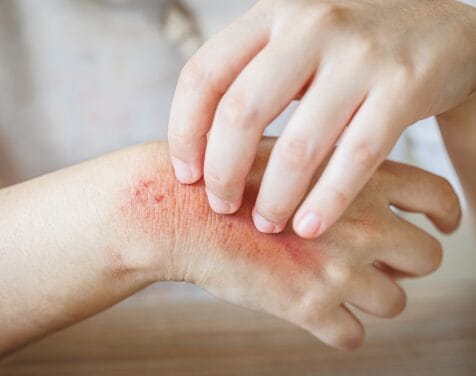
Duration of irritant contact dermatitis
This type of contact dermatitis is a result of direct damage, and hence, irritation of the skin’s outer layer by a substance such as harsh soaps, detergents, solvents, insects, and excessive hand washing. An irritant contact dermatitis typically resolves faster, typically within a few weeks (normally two to three) after removal of irritant. The reason for quick healing is non-involvement of the immune response. It is essential to know that ICD can come again if irritant is not identified and avoided.
Allergic contact dermatitis
Allergic contact dermatitis is an allergic reaction, to a substance that the immune system recognizes, such as nickel, chemicals in cosmetics or poison ivy. This type takes several weeks or even months to clear up after removal of the irritant. Symptoms usually appear one to three days after exposure to the allergen. ACD can also come back if allergen is not identified and hence avoided. It involves a delayed hypersensitivity reaction, making the process longer.
The removal of each type depends as early as you identify and hence avoid the irritant.
Expected Recovery time
Most acute rashes generally take two to three weeks to clear with proper care and avoidance. Some cases, especially allergic types take three to four weeks. This can also occur where exposure isn’t completely halted. Chronic cases of dermatitis end up a month or even more, or recur if the irritant is not clearly identified.
Factors influencing contact dermatitis healing time
Once you get affected by contact dermatitis, your recovery span depends on:
- • The severity of reaction that our body exhibits and how strong the irritant is.
- • Duration and frequency of exposure
- • History of allergies and prior sensitization lead to faster, stronger reactions and slower resolution
- • The location and nature of the skin where contact is made
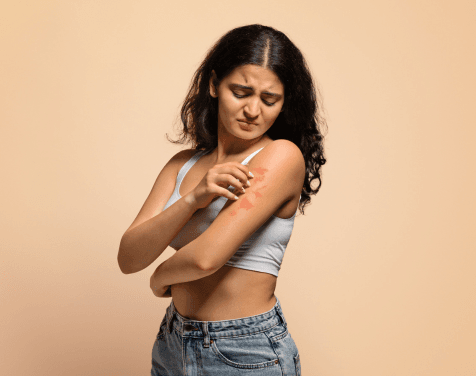
Healing phase: what to expect
The onset of contact dermatitis occurs with appearance of the rash after one to three days of exposure. Symptoms such as itching and redness appear after three to five days. Over two to four weeks, symptoms decline with avoidance of the trigger and treatment. Sierra Allergy Asthma & Sinus Centre offers personalized treatment plans tailored to your comfort. Even after healing, skin memory and T cell response can result in flares in the skin, if exposed to the trigger again.
Treatment for early healing of contact dermatitis
The first step to cure any type of contact dermatitis is identifying and avoiding the trigger as soon as possible, as mentioned earlier. In uncertainty, the best way to go about it is patch-testing.
Topical treatment
- • Over the counter hydrocortisone (1%) for mild cases
- • Cool compresses, oatmeal baths and fragrance free moisturizers help in soothing the skin.
If needed, a more intensive treatment may include prescription topical steroids, oral corticosteroids, topical immunomodulators, and antihistamines to relieve itchiness in the skin.
Key tip: Wear soft cotton fabric, use fragrance free skin care and avoid scratching to minimize the span of this condition.
When to seek professional advice
Consider the following to guide you when you need a doctor:
- • If the rash persists for more than three to four weeks and worsens
- • Symptoms are severe, widespread and signify infection
- • You can not identify the allergen
Mostly, contact dermatitis resolves in a few weeks if managed correctly. Therefore, identify the trigger as soon as possible and avoid it.
Frequently Asked Questions
What is the average healing time for contact dermatitis?
Contact dermatitis typically heals within 2 to 4 weeks if the irritant or allergen is avoided and proper treatment is followed.
Can contact dermatitis go away on its own?
Yes, mild cases often resolve on their own once exposure to the trigger stops. However, treatment can speed up the healing process and reduce discomfort.
How can I speed up the healing of contact dermatitis?
Avoiding the trigger, applying topical corticosteroids, using moisturizers, and avoiding scratching can help speed up healing.
What happens if contact dermatitis is left untreated?
Untreated contact dermatitis can worsen, become chronic, or lead to skin infections due to persistent scratching or broken skin.
How do I know if my rash is contact dermatitis?
Common signs include redness, itching, swelling, and sometimes blisters in areas exposed to a specific substance. A patch test by an allergist can help confirm the diagnosis.
When should I see a doctor for contact dermatitis?
If your symptoms don’t improve in a week or worsen, if the rash spreads, or if it affects your face or genitals, consult a specialist.
Can contact dermatitis come back?
Yes, symptoms may return if you’re re-exposed to the allergen or irritant. Identifying and avoiding triggers is essential to prevent recurrence.
Is contact dermatitis contagious?
No, contact dermatitis is not contagious. It’s an individual skin reaction to a specific trigger.
What are common triggers of contact dermatitis?What are common triggers of contact dermatitis?
Soaps, detergents, fragrances, nickel, poison ivy, latex, and certain cosmetics are common triggers.
Does the type of contact dermatitis affect how long it lasts?
Yes. Allergic contact dermatitis may take longer to resolve than irritant contact dermatitis, especially if the allergen is difficult to identify or avoid.
